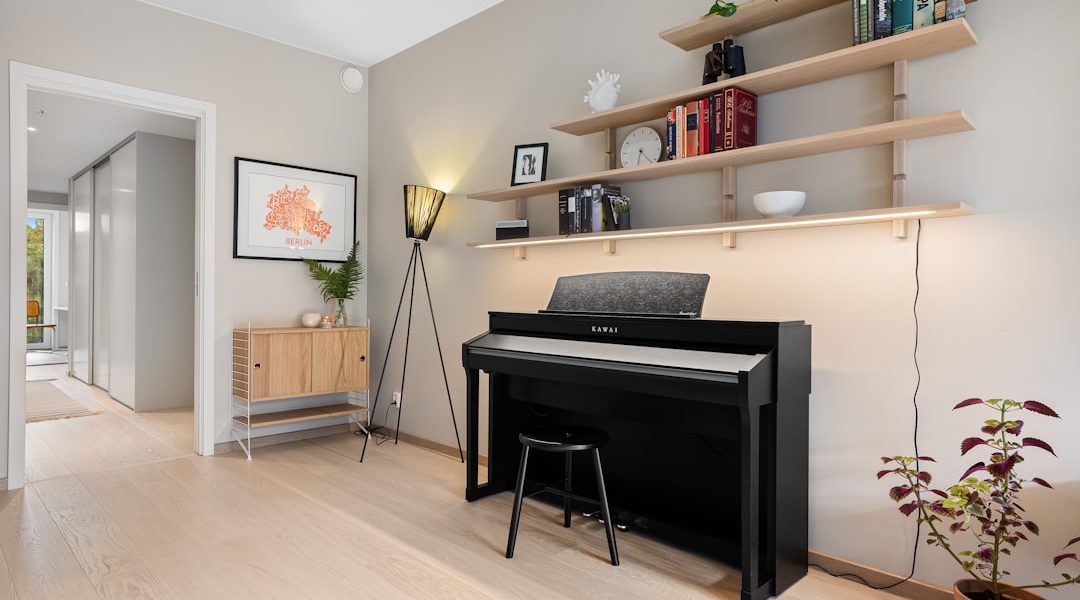
Enhance Your Living Room with the Perfect Lighting
Lighting is a critical element in living room design, influencing both ambiance and functionality. It illuminates the space, sets the mood, and enhances aesthetic appeal. Proper lighting can create the illusion of a larger room, foster a welcoming atmosphere, and accentuate architectural features and decor.
The impact of lighting on perception and experience is significant. Natural light promotes an open, airy feel, while artificial lighting can create warmth and intimacy. Lighting also affects mood and behavior, with bright lights encouraging alertness and dim lights promoting relaxation.
Adequate lighting is essential for tasks like reading, working, and entertaining guests. In interior design, lighting serves multiple purposes. It can highlight architectural elements, showcase artwork, and create focal points.
Lighting fixtures themselves can complement the room’s style, whether modern, traditional, eclectic, or minimalist. Understanding lighting’s role allows for its effective use as a design element, contributing to a cohesive and harmonious living space.
Choosing the Right Type of Lighting for Your Space
Ambient Lighting: Setting the Tone
Ambient lighting, also known as general lighting, provides overall illumination for the room. This can be achieved through ceiling-mounted fixtures such as chandeliers, pendant lights, or recessed lights. It creates a comfortable level of brightness that allows for easy navigation and general visibility in the room.
Task Lighting: Illuminating Activities
Task lighting is focused on specific areas where activities such as reading, working, or playing games take place. This type of lighting should be bright enough to prevent eye strain but also adjustable to suit individual needs. Table lamps, floor lamps, and under-cabinet lights are common examples of task lighting that can be used in the living room.
Accent Lighting: Highlighting Features
Accent lighting is used to highlight specific features or create visual interest in the room. This can be achieved through the use of track lighting, wall sconces, or picture lights to showcase artwork, architectural details, or decorative elements. By incorporating all three types of lighting into your living room, you can create a well-balanced and functional space that meets both your practical and aesthetic needs.
In addition to considering the different types of lighting, it’s important to choose fixtures that complement the style and scale of your living room. Whether you prefer modern, traditional, industrial, or eclectic design, there are a wide variety of lighting options available to suit your personal taste and enhance the overall look of the space.
Tips for Creating a Layered Lighting Design
Creating a layered lighting design is essential for achieving a well-lit and visually appealing living room. Layered lighting involves combining different types of lighting to create depth, dimension, and versatility in the room. By incorporating ambient, task, and accent lighting at varying levels and intensities, you can enhance the functionality and ambiance of your living room.
One tip for creating a layered lighting design is to start with the ambient lighting as the foundation. This provides overall illumination for the room and sets the tone for the space. Once you have established the general lighting, you can then layer in task lighting to provide focused illumination for specific activities or areas within the room.
This can include placing table lamps near seating areas for reading or adding floor lamps near workspaces for additional brightness. Another tip is to use accent lighting to highlight architectural features, artwork, or decorative elements in the room. This can create visual interest and draw attention to specific areas, adding depth and character to the space.
By strategically placing accent lights, such as wall sconces or track lights, you can create a dynamic and visually engaging environment. Additionally, incorporating dimmers into your layered lighting design allows you to adjust the intensity of the light according to your needs and preferences. This flexibility adds another layer of control over the ambiance of the room, allowing you to create different moods for various activities or times of day.
By following these tips for creating a layered lighting design, you can achieve a well-balanced and versatile living room that meets both your practical and aesthetic requirements.
Incorporating Statement Lighting Fixtures
Incorporating statement lighting fixtures is an effective way to add personality, style, and visual impact to your living room. Statement fixtures serve as focal points in the room, drawing attention and making a bold design statement. Whether you prefer a modern chandelier, a vintage pendant light, or an oversized floor lamp, choosing a statement fixture that complements your living room’s style can elevate its overall aesthetic.
One way to incorporate statement lighting fixtures is to select a piece that reflects your personal style and complements the existing decor in the room. For example, if you have a modern living room with clean lines and minimalistic furniture, a sleek and contemporary chandelier or pendant light can add a touch of sophistication and drama. On the other hand, if your living room has a more eclectic or bohemian vibe, a unique and artistic statement fixture with intricate details or vibrant colors can become a captivating focal point.
Another approach is to use statement lighting fixtures to create contrast or balance within the space. For instance, if your living room features predominantly neutral colors and understated decor, a bold and eye-catching light fixture can inject personality and visual interest into the room. Conversely, if your living room already has vibrant colors or intricate patterns, a more understated yet elegant statement fixture can provide a sense of balance and harmony.
Furthermore, incorporating statement lighting fixtures allows you to play with scale and proportion in your living room design. An oversized chandelier or floor lamp can make a grand statement in a large living room with high ceilings, while a cluster of smaller pendant lights or wall sconces can create an intimate and cozy atmosphere in a smaller space. By carefully selecting and placing statement lighting fixtures in your living room, you can enhance its visual appeal and create a captivating focal point that reflects your personal style.
Selecting the Right Bulbs for Your Fixtures
Selecting the right bulbs for your lighting fixtures is essential for achieving the desired ambiance and functionality in your living room. There are several factors to consider when choosing bulbs, including brightness, color temperature, energy efficiency, and compatibility with dimmers. By understanding these factors and selecting bulbs that meet your specific needs, you can enhance the overall performance and aesthetics of your lighting fixtures.
One important consideration when selecting bulbs is their brightness level, measured in lumens. The brightness of bulbs should be chosen based on the specific tasks and activities that take place in your living room. For example, brighter bulbs may be preferred for reading or working areas, while softer bulbs may be more suitable for creating a relaxed atmosphere during social gatherings or movie nights.
Another factor to consider is the color temperature of the bulbs, measured in Kelvin (K). Bulbs with lower color temperatures (ranging from 2700K to 3000K) emit warm white light that creates a cozy and inviting ambiance. On the other hand, bulbs with higher color temperatures (ranging from 3500K to 5000K) produce cool white light that is more energizing and suitable for task-oriented areas.
By selecting bulbs with the right color temperature for each specific area in your living room, you can create different moods and atmospheres according to your preferences. Energy efficiency is also an important consideration when selecting bulbs for your fixtures. LED bulbs are known for their energy-saving properties and long lifespan compared to traditional incandescent or halogen bulbs.
They not only reduce energy consumption but also lower electricity costs over time while providing reliable performance. Furthermore, if you plan to use dimmers to control the ambiance in your living room, it’s crucial to choose bulbs that are compatible with dimmer switches. Dimmable LED bulbs are available in various color temperatures and brightness levels, allowing you to adjust the light intensity according to your needs and preferences.
By carefully selecting bulbs that align with your desired brightness level, color temperature, energy efficiency, and compatibility with dimmers, you can optimize the performance of your lighting fixtures and create a comfortable and visually appealing living room environment.
Using Dimmers to Control the Ambiance
Creating Versatile Atmospheres
Dimmer switches offer flexibility and versatility in adjusting light levels according to different activities or moods. By incorporating dimmers into your lighting design, you can create various atmospheres from bright and energizing to soft and relaxing. This allows you to enhance the functionality and ambiance of your living room while also saving energy and extending bulb lifespan.
Energy Efficiency and Sustainability
One of the significant benefits of using dimmers is their energy-saving properties. By lowering light levels when full brightness is not necessary, dimmers reduce energy consumption and extend bulb lifespan. This not only helps lower electricity costs but also contributes to environmental sustainability by conserving energy resources.
Practical Benefits and Zone Control
Dimmers provide control over the intensity of light in specific areas or zones within your living room. You can adjust the brightness of overhead lights for general illumination while dimming table lamps or floor lamps near seating areas for more localized and intimate lighting. Additionally, dimming lights can minimize glare on screens or reflective surfaces while also reducing eye strain in certain situations.
Adding Decorative Lighting Accents to Enhance the Room’s Aesthetic
Adding decorative lighting accents is an effective way to enhance the aesthetic appeal of your living room while creating visual interest and focal points within the space. Decorative lighting accents include elements such as wall sconces, picture lights, decorative lamps, string lights, or LED strips that contribute to the overall ambiance and style of the room. By strategically incorporating these accents into your living room design, you can elevate its visual appeal while adding personality and charm.
One way to add decorative lighting accents is by using wall sconces to highlight architectural features or create ambient illumination in specific areas of your living room. Wall sconces come in various styles and designs that can complement different decor themes while providing functional yet decorative light sources. Whether used as accent pieces on their own or as part of a layered lighting design, wall sconces contribute to the overall aesthetic by adding depth and character to walls while enhancing visual appeal.
Another approach is to incorporate picture lights to showcase artwork or decorative elements on walls within your living room. Picture lights are designed to illuminate paintings, photographs, or other wall decor pieces while adding a touch of elegance and sophistication to the space. By directing focused light onto specific artworks or decor items, picture lights draw attention to these features while creating visual interest within the room.
Additionally, decorative lamps such as sculptural table lamps or unique floor lamps can serve as both functional light sources and artistic accents in your living room. These decorative lamps come in various shapes, materials, and styles that can complement existing decor while adding personality and charm to seating areas or corners within the space. Moreover, incorporating string lights or LED strips allows you to introduce ambient or decorative illumination that enhances the overall ambiance of your living room.
Whether used as accent lighting along shelves or architectural details or as decorative elements draped across walls or ceilings, string lights or LED strips add warmth and charm while creating a cozy atmosphere within the space. By adding decorative lighting accents such as wall sconces, picture lights, decorative lamps, string lights, or LED strips into your living room design, you can enhance its aesthetic appeal while creating visual interest and focal points within the space. These decorative accents not only contribute to the overall ambiance but also add personality and charm that reflect your unique style preferences.
You may also like
Written by Kyle
Hot Posts
- 10 Stunning Bedroom Design Ideas to Transform Your Sleep Space
- 5Funky Kitchen Gadgets to Keep Your Home Cooking Delicious
- A Home Garden For All Seasons
- Add Warmth and Style to Your Home with a Wooden Pendant Lamp
- Adding Drama to Your Decor With a Pendant XL Light
- Adorable Table Lamp for Kids’ Room
- Affordable Solar Garden Lights: A Smart Purchase
- Antique Table Lamps & Lighting at Auction
Category Guide
Schedule
- December 2025
- November 2025
- October 2025
- August 2025
- July 2025
- June 2025
- May 2025
- April 2025
- March 2025
- February 2025
- January 2025
- December 2024
- November 2024
- October 2024
- September 2024
- August 2024
- July 2024
- June 2024
- May 2024
- April 2024
- March 2024
- February 2024
- January 2024
- December 2023
- August 2023
- July 2023
- June 2023
- May 2023
- April 2023
- March 2023
- February 2023
- December 2022
- November 2022
- October 2022
- September 2022
- July 2022
- March 2021
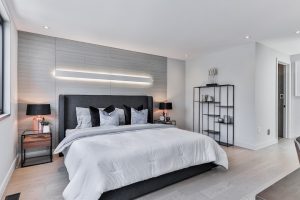


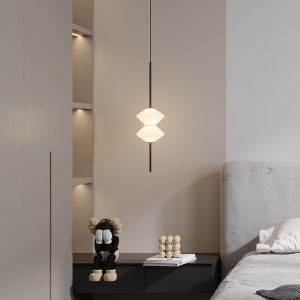

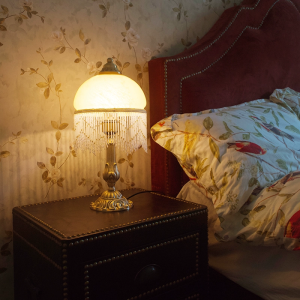
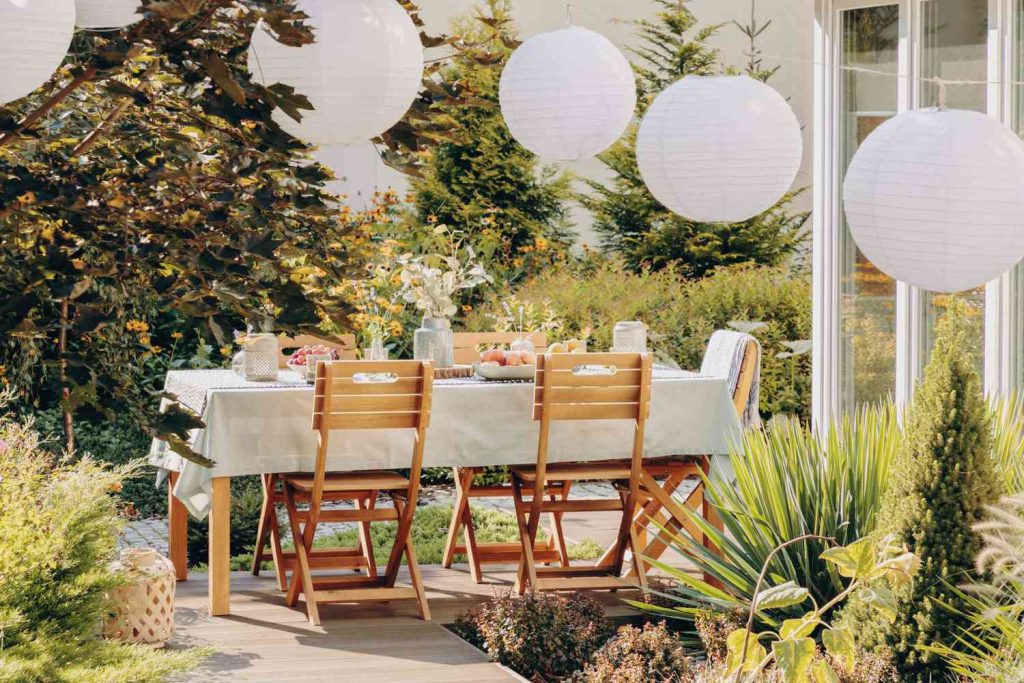

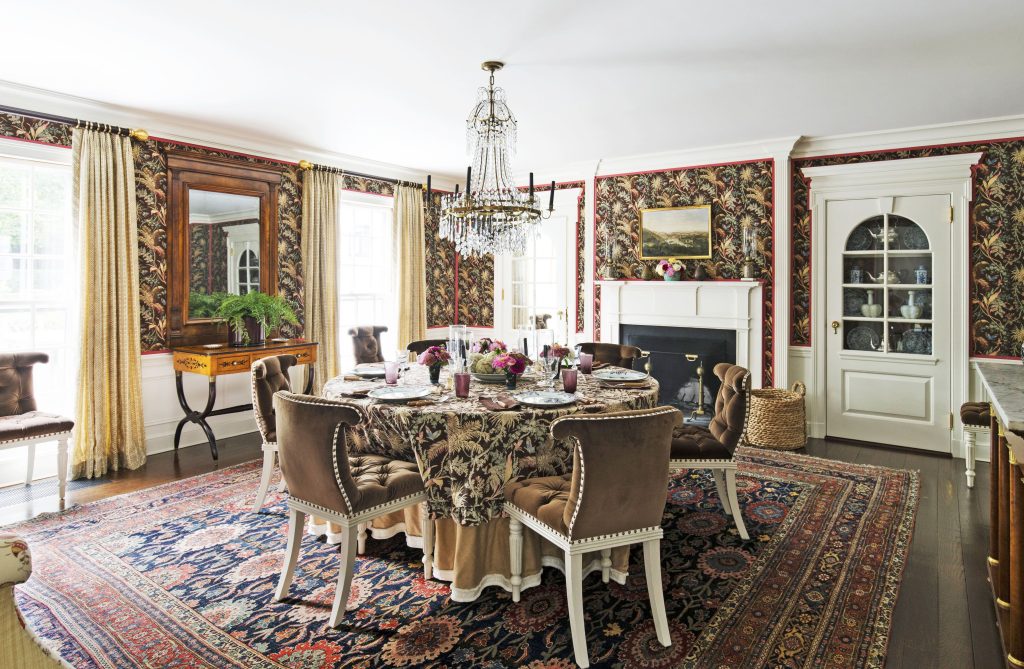


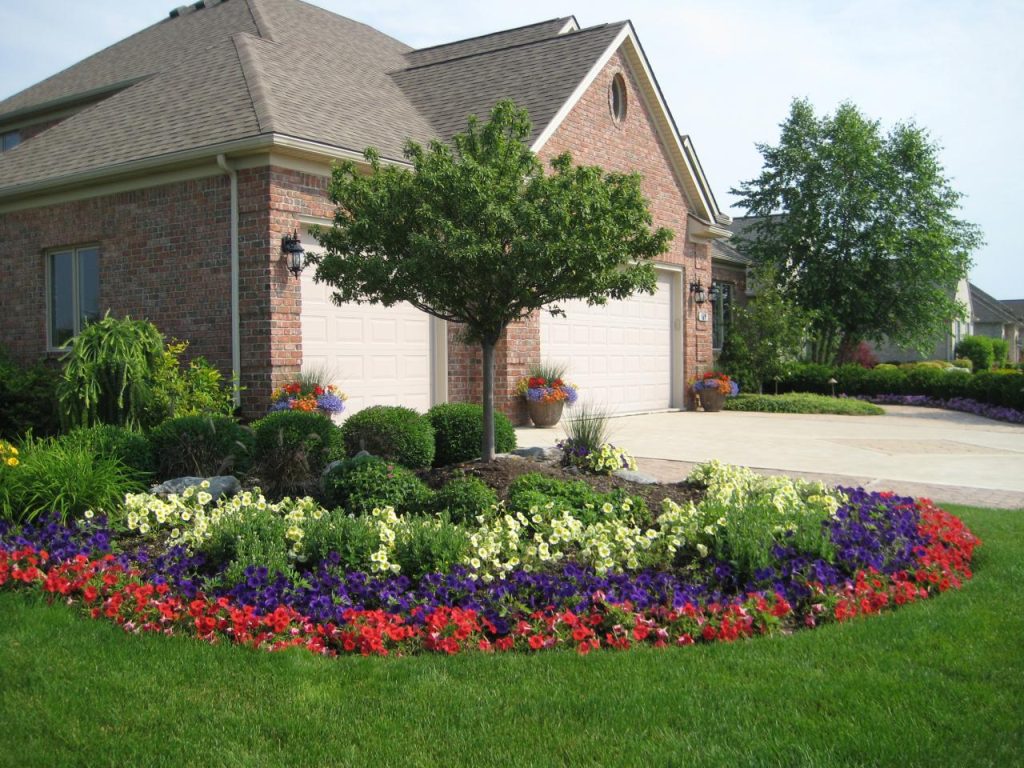
Leave a Reply